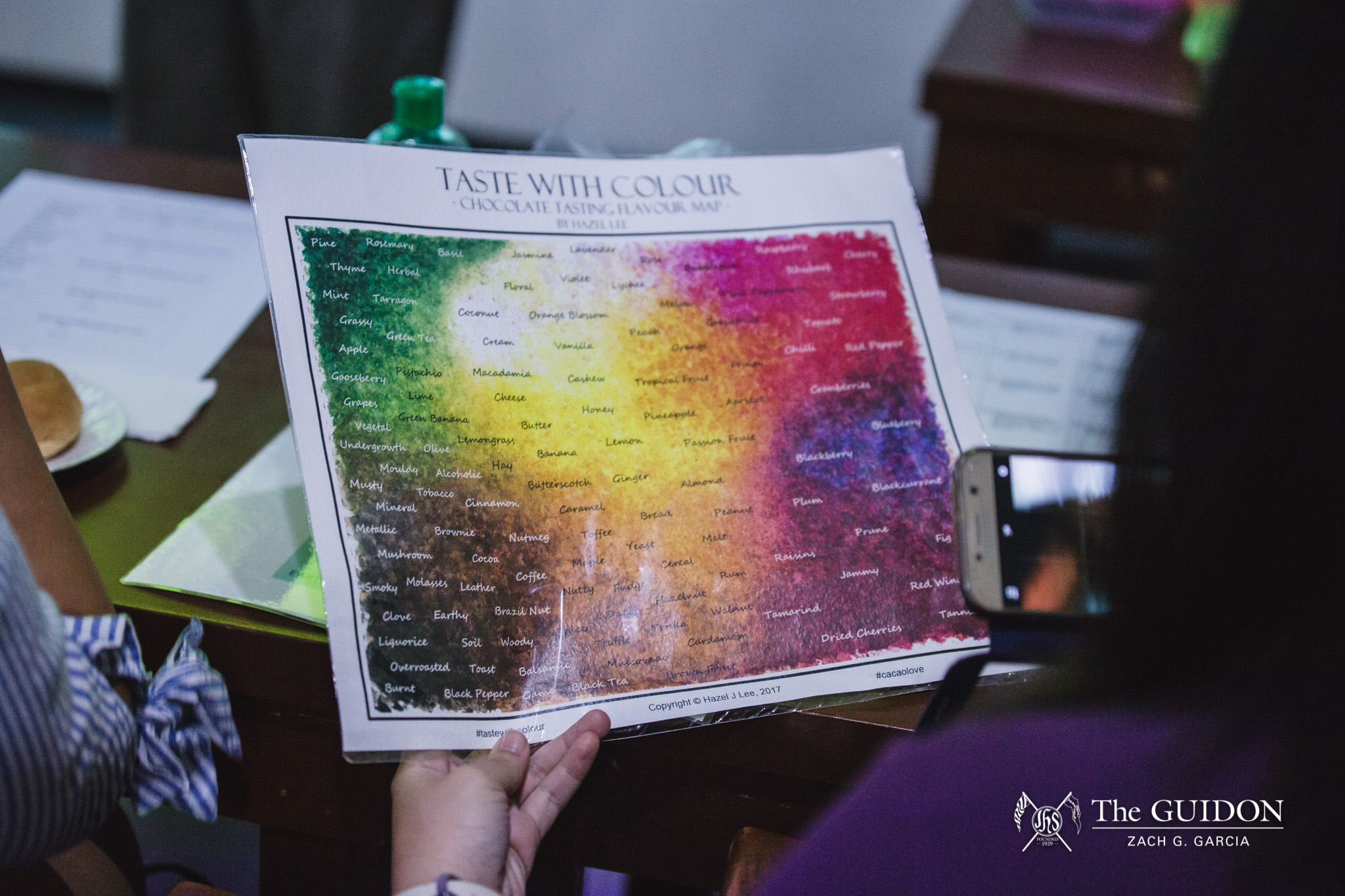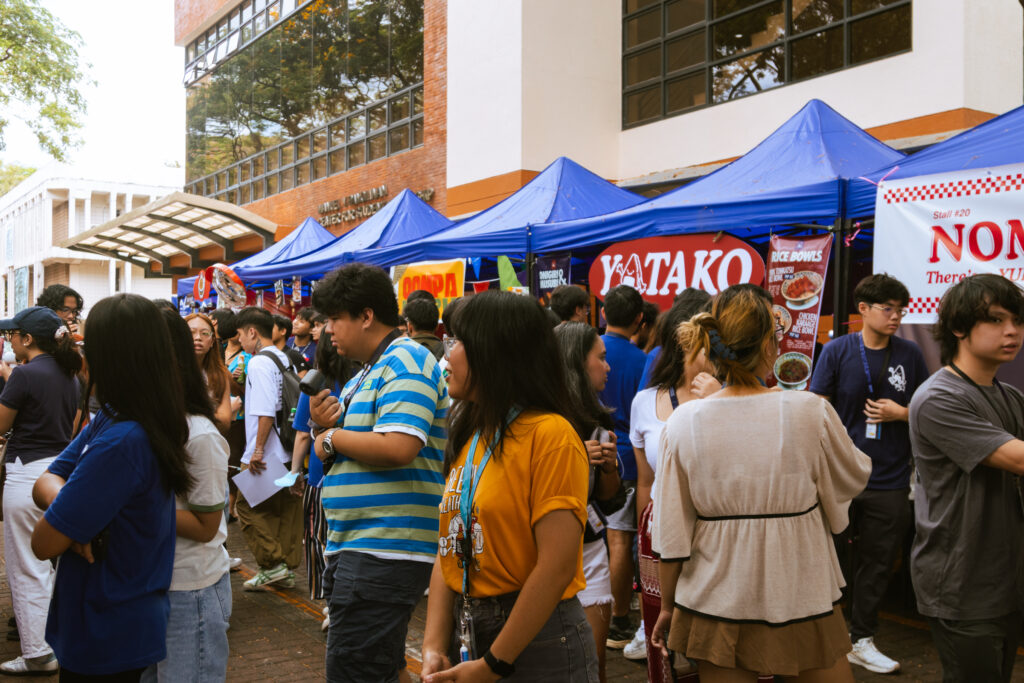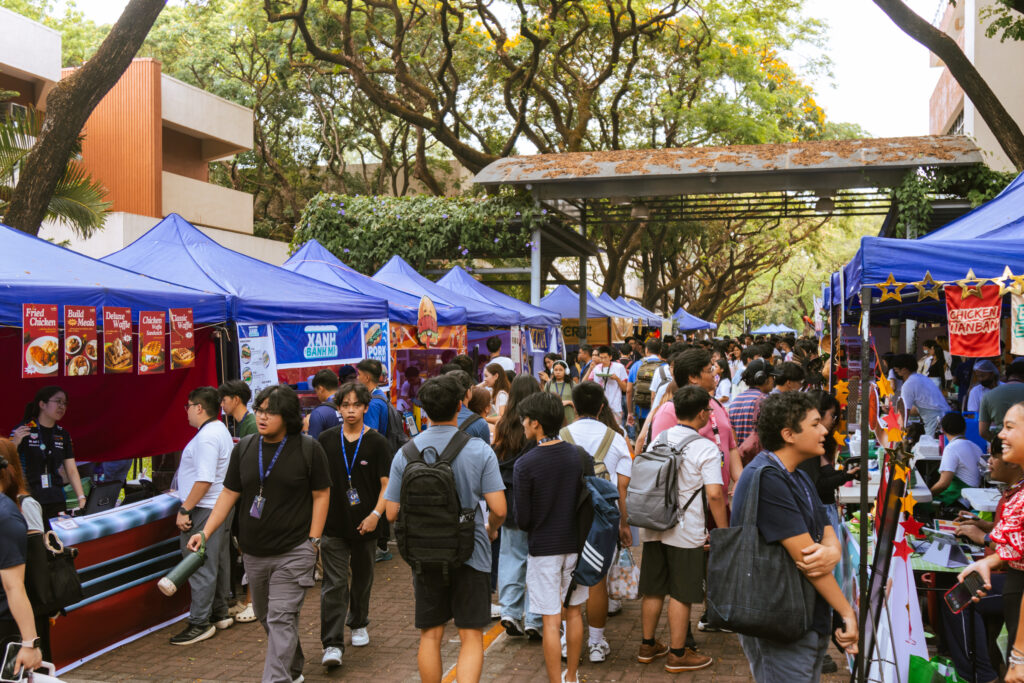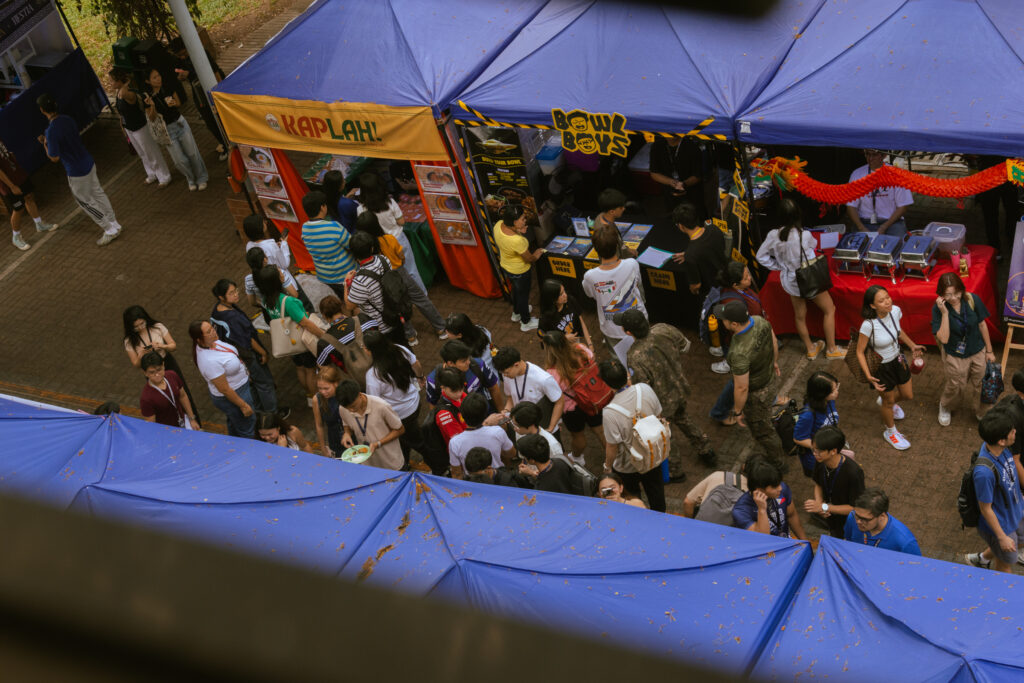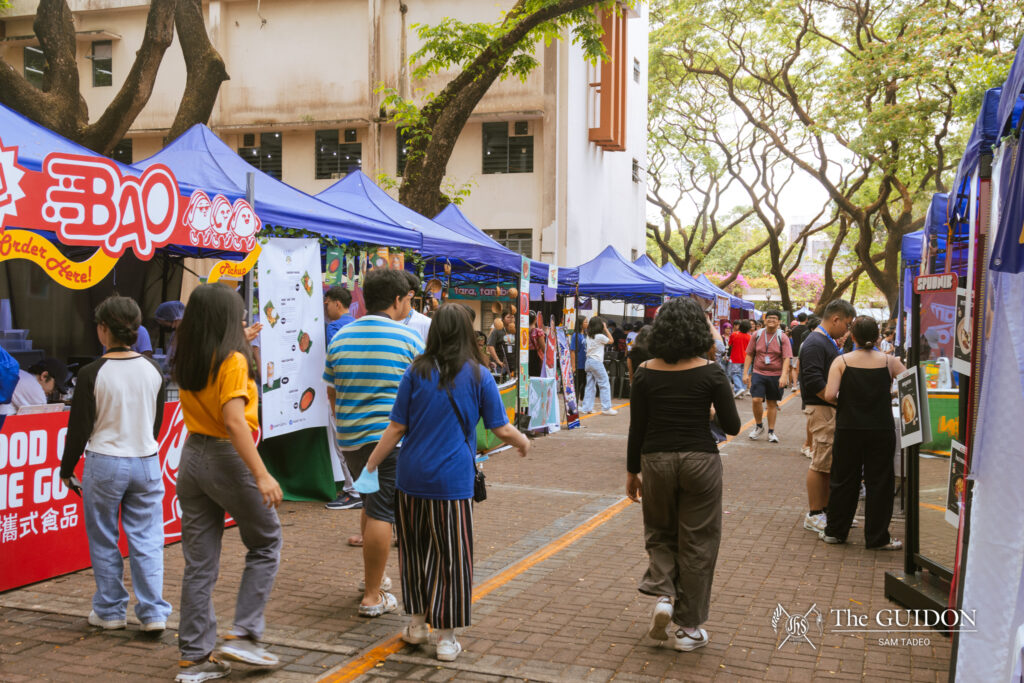Every child dreams of a land filled with chocolate—a food of comfort and sweet wonder. In the Philippines, though, we don’t have our own Willy Wonka bar to wish for; instead, we grow up hearing names like Hershey’s, Cadbury, and Kinder. However, in places like Davao and Cotabato, there are farmers toiling at their own version of the bean that creates such magic.
On October 4, the Sociology and Anthropology Department held the second of their Chocolate Palate Exercises in Conference Rooms 1 and 2 of the Social Sciences Building, in collaboration with Cultural Heritage Studies Program head Dr. Fernando Zialcita.
In an effort to “create a movement within the faculty to focus on cacao,” and situate the Philippine cacao among the 14 fine cacaos in the world, the exercise showcased various chocolates made both in the Philippines and abroad, specifically of Madagascan, Dominican, Peruvian, Vietnamese, Indonesian (Javanese), and Bolivian origin.
Through taste testing, Moulinet Chocolat founder Estela Duque hoped to show the potential cacao beans have as a burgeoning industry in a visceral and memorable manner. She explained how cacao chocolate is made and judged, and emphasized the potential the Philippine cacao industry has to be successful in the global market.
Pandesal was first handed out as a palate cleanser, but it turns out there’s more to cacao chocolate than just its flavor. Its color, smell, mouthfeel, aftertaste, and the sound it makes when it is bitten into all contribute to the experience of eating it. “You smell first, then you taste,” Duque explains. “Try to let the chocolate cover the tongue and the roof of your mouth.”
Taste testing the sweets
The tasting began with Willie’s Cacao Madagascar Sambirano Gold 71% from Devon, UK. The chocolate, which was the second (next to Cadbury) to use cacao from the Philippines, is acidic with a straightforward snap. Throughout the taste testing, Duque presented a total of 11 different cacao chocolates. Flavors ranged from fruity to flowery to milky, and it is eye-opening to learn that simplifying cacao chocolate to the word “bitter” would not do it justice. “[Chocolate] should be treated with respect like a fine wine,” Duque says.
The Krak Chocolade De Filipinjen/Kablon Farms 70% cacao dark chocolate, for example, was described by Duque as tasting like spring with its citrusy notes and flower aftertaste. Surprisingly, it only has two ingredients: Sugar and cacao.
On the other hand, being the only milk chocolate in the tasting, the Dormouse Chocolate Philippines/South Cotabato 55% milk chocolate was sweeter than the others. It wasn’t dark nor bitter, rather it was light and “mousse-y.” Its flavors were reminiscent of a chocolate digestive cookie paired with a cup of English tea. This chocolate—warm and soothing to the very last bite—was definitely a favorite for many in the room.
With its flavor of sweet dried prunes, and its paste-like mouthfeel, the Chocolaterie A. Morin Bolivie Ekeko Noir 70% cacao dark chocolate stood out as well. Despite being 70% cacao, it was pleasantly not very bitter, and was a joy to eat.
While some of the chocolates mentioned above were made abroad, Duque’s focus is on the Philippine cacao bean. According to her, it is still a struggle for our homegrown cacao to take center stage, as opposed to beans from other countries. It has yet to be recognized by the Federation of Cocoa Commerce in London, which has led to the Philippine cacao falling behind other countries in the Asian region. For Zialcita, this is disconcerting, especially with “chocolate drinking [being] part of our history.”
Cacao in the local scene
Duque believes that Filipino cacao farmers need to be given the means to refine their skills. “The problem is that cooperatives are controlled by people who have money, not people who actually grow cacao.” She discussed possible projects on mapping out the genetic knowledge of cacao beans in the world and in the Philippines, just like how it was done for coffee beans. Doing this would help farmers know which types of cacao beans could be grown in their land, and would allow more farmers to join its production.
“We can only know the problems of the farmers if we talk to them,” Duque says. She hopes that by continuing to introduce the faculty and students to the reality of the cacao farmers, they will be moved to analyze the data from cacao farmers, research on it, and write about it in an effort to develop the industry in the Philippines.
Globally, the cacao chocolate industry is a competitive one. Locally, it is underdeveloped and often overlooked—but there is ingenuity in cacao chocolate production that deserves to be noticed and supported. “I notice that the people I work with, especially the chocolate makers, are like artists. That’s not something I would get if I worked with traders, probably, who focused on hard commodities,” Duque smiles.
The local success of Philippine cacao chocolate is something that needs to be looked into and acted upon. Bursting at its seams with potential, it is something that must—and, with some hard work and collaboration, can—be worked towards.
To learn more about this event, check out the sponsor page here: https://cocoarunners.com/about-faqs/

A sample of the various chocolates at the taste test


